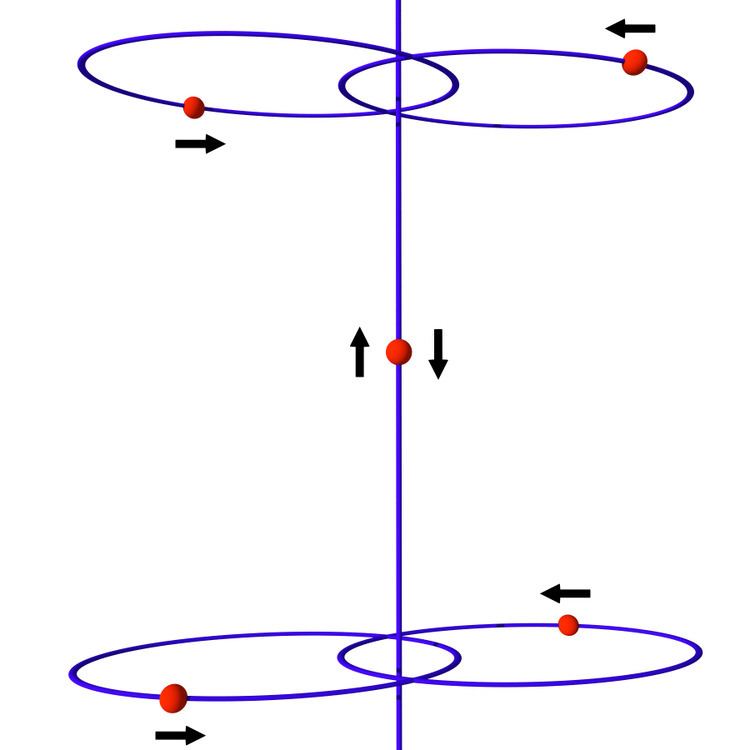 | ||
In physics, the Painlevé conjecture is a conjecture about singularities among the solutions to the n-body problem: there are noncollision singularities for n ≥ 4.
Contents
The conjecture has been proven for n ≥ 5 by Jeff Xia. The 4-particle case remains an open problem.
Background and statement
Solutions
A collision singularity occurs if
Paul Painlevé showed that for n = 3 any solution with a finite time singularity experiences a collision singularity. However, he failed at extending this result beyond 3 bodies. His 1895 Stockholm lectures end with the conjecture that
For n ≥ 4 the n-body problem admits noncollision singularities.Development
Edvard Hugo von Zeipel proved in 1908 that if there is a collision singularity, then
Mather and McGehee managed to prove in 1975 that a noncollision singularity can occur in the co-linear 4-body problem (that is, with all bodies on a line), but only after an infinite number of (regularized) binary collisions.
Donald G. Saari proved in 1977 that for almost all (in the sense of Lebesgue measure) initial conditions in the plane or space for 2, 3 and 4-body problems there are singularity-free solutions.
In 1984 Joe Gerver gave an argument for a noncollision singularity in the planar 5-body problem with no collisions. He later found a proof for the 3n body case.
Finally, in his 1988 doctoral dissertation, Jeff Xia demonstrated a 5-body configuration that experiences a noncollision singularity.
Joe Gerver has given a heuristic model for the existence of 4-body singularities but at present no formal proof exists.
